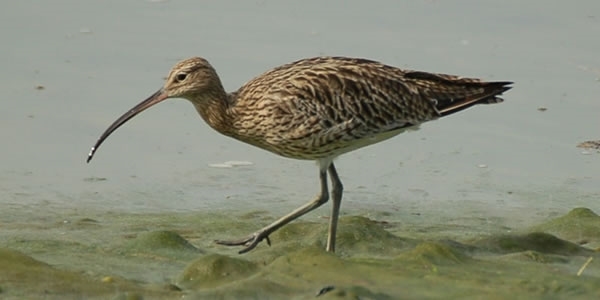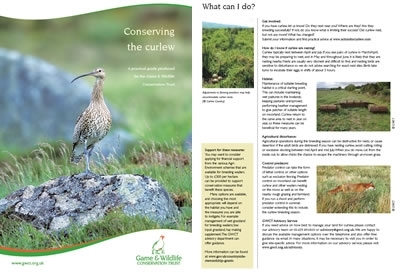
Such is the environment we have created in the UK, many farmland bird species are under pressure. Overall, numbers have declined by 56% since the 1970s, but last November, Defra statistics showed a 9% decrease in the last five years.
What we are seeing is the result of a dramatic overhaul of 75% of the land surface of Britain due to the changes in agriculture since the Second World War. It is a well-told tale of intensification to increase food production, which has seen an increase in drainage, forestry, use of chemicals, removal of hedgerows and a move away from smallscale mixed farming.
The same processes have also, it seems, increased the numbers of generalist predators such as foxes and crows. The relationship between this new agriculture and the decline of wildlife may seem obvious, but picking apart exactly what is affecting which species, and what can realistically be done about it, is far from simple, which is why the UK needs a broad range of organisations dedicated to reversing the trend.
The GWCT’s research is vital in such a complex and rapidly changing environment, and long-term studies are particularly useful. The Allerton Project, for example, has been monitoring and researching farmland practice and the effect on wildlife for 25 years. Of particular interest to ground-nesting birds like curlew, the Upland Predation Experiment at Otterburn, provided key information on how the control of generalist predators like foxes and crows increased the number of fledged young.
Taking the long view, and working collaboratively with other organisations, sound wildlife policy can be formed. It is the only way forward and GWCT does both very successfully. In 2016, I walked 500 miles to raise awareness about the decline of curlew who have seen an average fall in numbers of around 60% across the UK, but in Northern Ireland and Wales populations have crashed by 80% or more.
So worrying are the figures that the curlew has the dubious distinction of being the bird of greatest conservation concern in the UK. It has been fascinating to watch the ground shift over the last two years as the reality of the situation has become clear.
Curlew are declining because their nesting and feeding sites have changed, but also because predation rates are so high. In some sites 100% of eggs and/or chicks are predated. This is an uncomfortable truth for many organisations, who are reluctant to openly discuss the need to reduce predator numbers in the breeding season.
The change I have seen is an increased willingness to address this issue, and GWCT are showing leadership and grasping this controversial nettle. Curlew will only have a future if this reality is accepted. Both predator control and habitat restoration are required to save them.
I would also like to take this opportunity to publicly thank GWCT for the unfailing support they have given me over the last two years, not least in helping me put on regional curlew workshops which are resulting in real results for this much-loved bird.
Conserving the curlew - get your free 8-page guide

What's inside your FREE guide
✓ Introduction - a species in decline
✓ Pressures on breeding
✓ High levels of nest and chick predation
✓ Agricultural nest destruction
✓ Breeding curlew facts
✓ What can I do?
✓ Summary & key points
Download now >